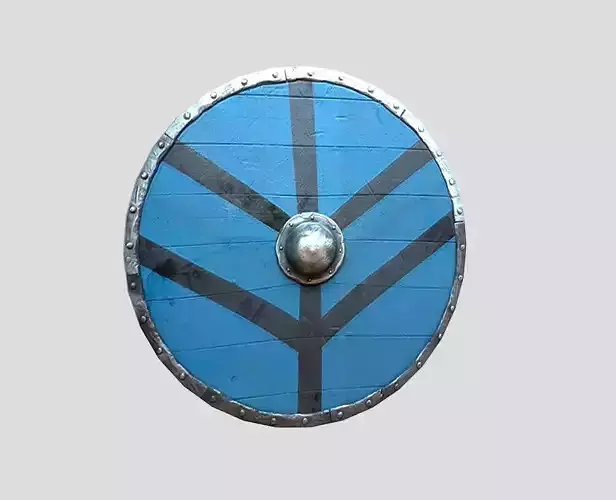1/10
The shield was the most common means of defence. The sagas specifically mention linden wood for shield construction, although finds from graves show mostly other timbers, such as fir, alder and poplar with steel or iron shield boss. These timbers are not very dense and are light in the hand. They are also not inclined to split, unlike oak. Also, the fibres of the timber bind around blades preventing the blade from cutting any deeper unless a lot more pressure is applied. In conjunction with stronger wood, Vikings often reinforced their shields with leather or, occasionally, iron around the rim.[2] Round shields seem to have varied in size from around 45–120 centimetres (18–47 in) in diameter but 75–90 centimetres (30–35 in) is by far the most common......
REVIEWS & COMMENTS
accuracy, and usability.










